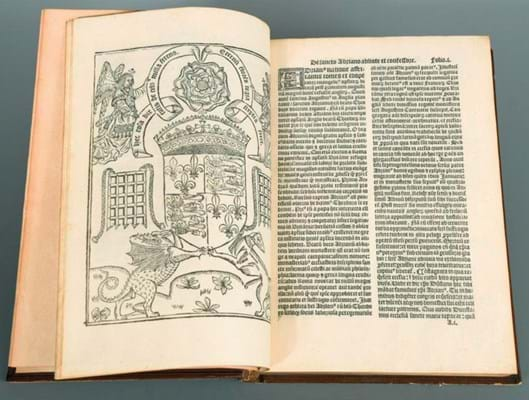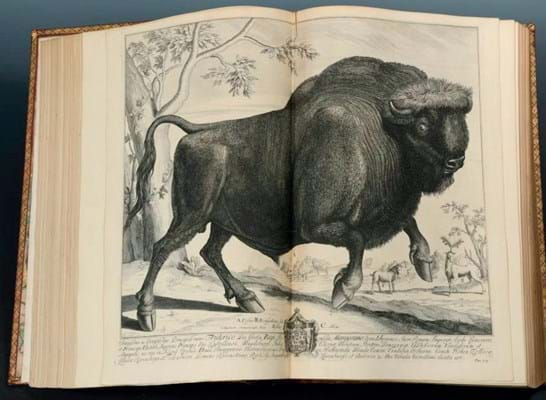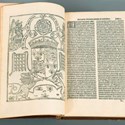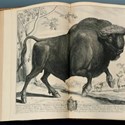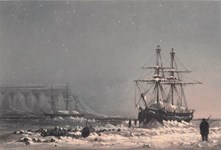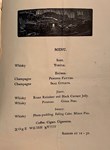Some of the lots from that January 10 sale held by Cheffins (22.5% buyer’s premium) are featured here and more will appear in a future issue.
Stubbs’ horse work
A Stubbs Anatomy of the Horse, dated 1766 but with the 24 plates bearing watermarks of 1814-15, sold at £8000. This was 10 times the high estimate, as was a bid of £5000 needed to secure what was described as a small box of late 19th century items relating to missionary work in China.
The latter included a tissue paper map, a passport, signed ‘Bullock’ and issued to a ‘Rev AW Nightingale’, and “a printed sheet depicting Liu driving out the French troops” that bore annotations in English.
Even more dramatic was the bid of £13,000 needed to secure an album of 40 or so photographs of Mecca, Muscat, Middle Eastern and other subjects estimated at £80-120.
This was one of two photograph albums relating to the travels of a Colonel H Adcock, who from 1891 was involved in the construction of the Gold Coast Government Railway used to transport gold from the newly established Ashanti goldfields.
An archive relating to lunatic asylums in Middlesex and a folio containing engraved plates after Charles Lebrun (1619-90), Expressions des Passions l’Ame, that sold at £3200 apiece were also well over estimate. The latter was undated but auction records suggest 1802.
Wynkyn de Worde work
Illustrated above is a spread from a 1516 first of Nova Legenda Angliae, printed by Wynkyn de Worde.
This was a copy, with some leaves present in facsimile and possibly washed, that in the 2000 Christie’s sales of William Foyle’s library at Beeleigh Abbey sold at £3800. It here made £7500.
It was catalogued as the work of John Capgrave in this Cambridge sale, whereas in the Foyle catalogue it was noted by Christie’s that this long-held attribution had proved to be unfounded.
Sold for what would seem to be a record £6500 was a 1712, large folio Tonson edition of the Commentaries [Opera] of Julius Caesar, edited by Samuel Clarke and illustrated with more than 80 engraved plates – one of which was reproduced to dramatic effect on the catalogue cover.


